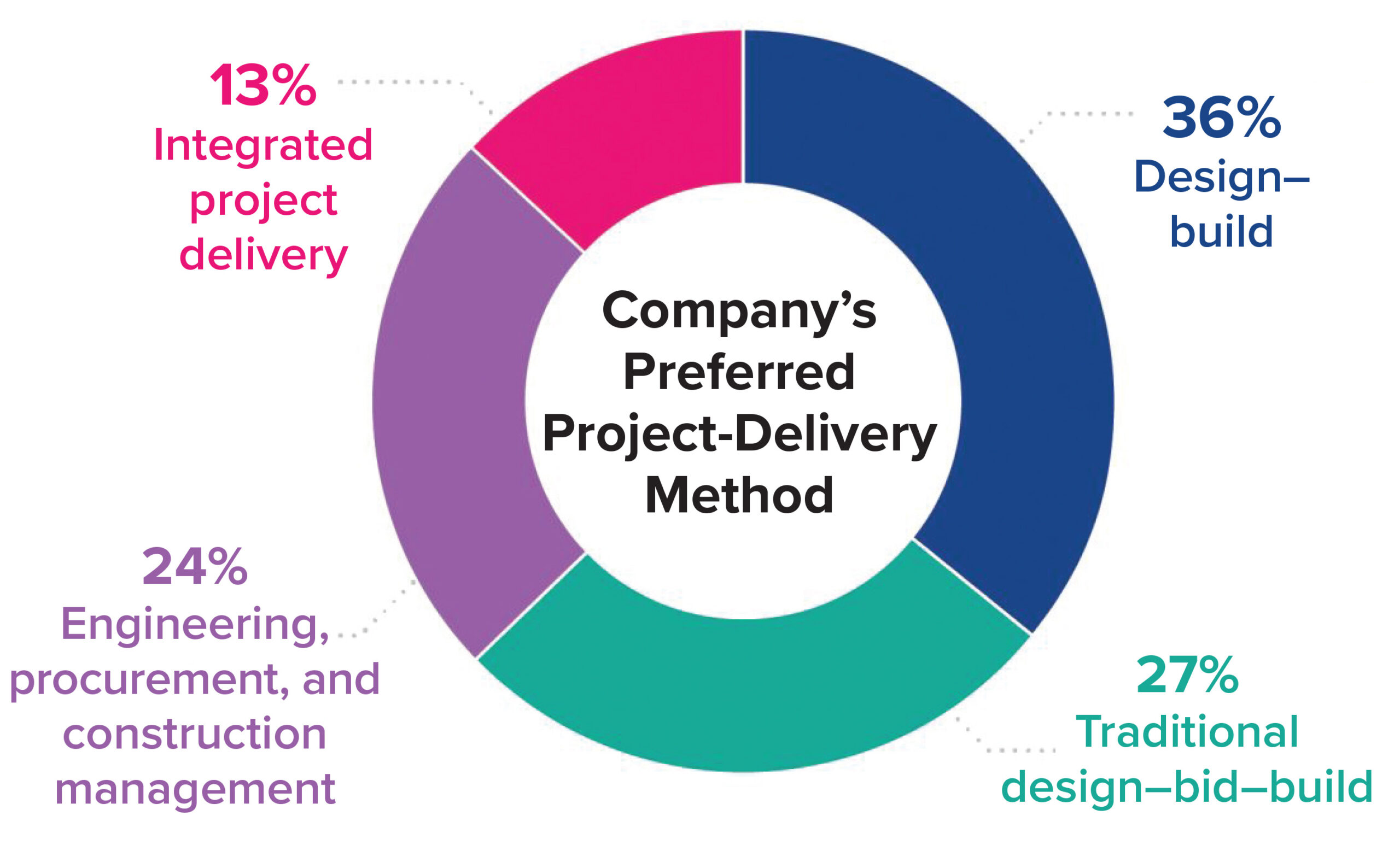Introduction:
In the traditional model of construction project delivery, stakeholders often operate in silos, leading to inefficiencies, delays, and cost overruns. Integrated Project Delivery (IPD) offers a transformative approach that fosters collaboration, innovation, and shared accountability among all project participants. In this blog, we delve into the principles, benefits, and implementation of IPD in construction, highlighting its potential to revolutionize the industry.
Understanding Integrated Project Delivery (IPD):
IPD is a collaborative project delivery method that brings together key stakeholders, including owners, architects, engineers, contractors, and subcontractors, in a unified team with shared goals and objectives. Unlike traditional project delivery methods, such as Design-Bid-Build or Design-Build, IPD emphasizes early involvement, integrated decision-making, and mutual risk-reward sharing throughout the project lifecycle.
Key Principles of Integrated Project Delivery:
1. Early Collaboration: IPD encourages early collaboration among project stakeholders, ideally starting during the pre-design phase, to leverage collective expertise, identify opportunities, and align project objectives.
2. Shared Risk and Reward: IPD fosters a culture of shared risk and reward, with project participants jointly sharing in the project’s risks, rewards, and financial outcomes based on predefined performance metrics and incentives.
3. Open Communication: IPD promotes open and transparent communication among project team members, facilitating effective problem-solving, conflict resolution, and decision-making processes.
4. Integrated Decision-Making: IPD emphasizes integrated decision-making, with project stakeholders collectively evaluating design alternatives, construction methods, and value engineering opportunities to optimize project outcomes.
5. Continuous Improvement: IPD encourages a culture of continuous improvement, with project teams actively seeking feedback, monitoring performance metrics, and implementing lessons learned to enhance project delivery and quality.
Benefits of Integrated Project Delivery (IPD):
1. Improved Collaboration and Communication: IPD fosters stronger collaboration and communication among project stakeholders, leading to better alignment of goals, reduced conflicts, and enhanced project outcomes.
2. Enhanced Project Efficiency: By involving all key stakeholders from the outset, IPD streamlines decision-making processes, reduces rework, and minimizes delays, resulting in improved project efficiency and schedule adherence.
3. Cost Savings: IPD promotes value engineering, innovation, and risk management strategies that can lead to cost savings over the project lifecycle, mitigating the risk of budget overruns and change orders.
4. Higher Quality and Innovation: IPD encourages innovative design solutions, construction techniques, and materials selection, resulting in higher-quality buildings, improved functionality, and enhanced user satisfaction.
5. Greater Owner Satisfaction: IPD empowers owners to actively participate in the project delivery process, leading to greater transparency, control, and satisfaction with project outcomes.
Implementation of Integrated Project Delivery (IPD):
1. Establishing the IPD Team: The first step in implementing IPD is assembling a multidisciplinary project team comprising key stakeholders, including the owner, architect, engineer, contractor, and major subcontractors.
2. Defining Project Goals and Objectives: The IPD team collaboratively establishes project goals, objectives, and performance metrics, aligning on shared values, priorities, and success criteria.
3. Developing the Integrated Project Execution Plan (IPEP): The IPEP outlines the project delivery approach, team roles and responsibilities, communication protocols, decision-making processes, and risk-sharing mechanisms.
4. Implementing Lean Construction Practices: IPD often incorporates Lean construction principles and methodologies, such as Last Planner System (LPS), pull planning, and continuous improvement, to optimize project workflows and eliminate waste.
5. Monitoring and Evaluating Performance: Throughout the project lifecycle, the IPD team monitors performance metrics, tracks progress against milestones, and conducts regular reviews to assess project performance, identify areas for improvement, and celebrate successes.
Case Studies of Successful Integrated Project Delivery (IPD) Projects:
1. The San Francisco General Hospital Replacement Project: This $1.6 billion healthcare facility was delivered using IPD, resulting in accelerated project delivery, cost savings, and improved collaboration among project stakeholders.
2. The University of Washington Molecular Engineering and Sciences Building: This state-of-the-art research facility was delivered using IPD, achieving LEED Gold certification, exceeding energy efficiency targets, and enhancing user satisfaction.
Conclusion:





